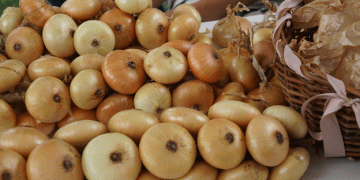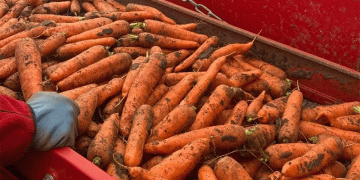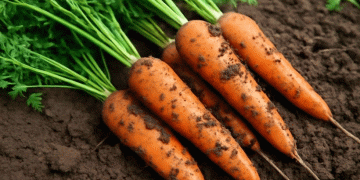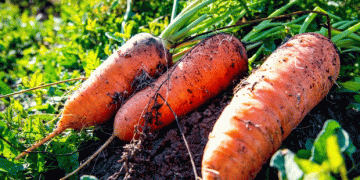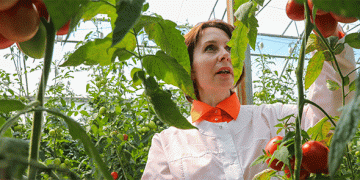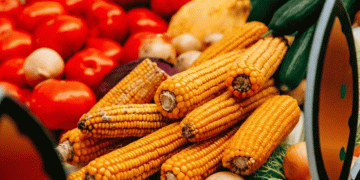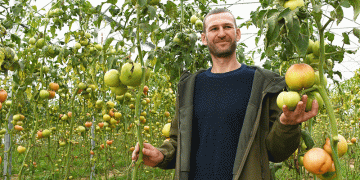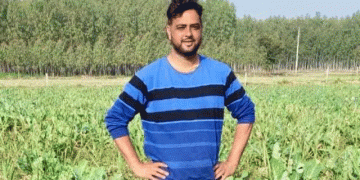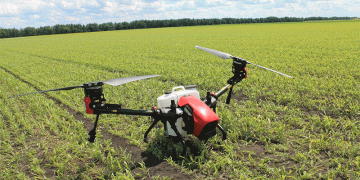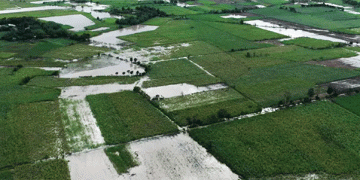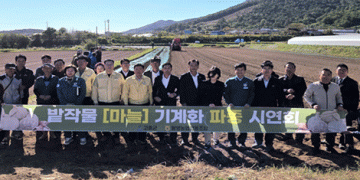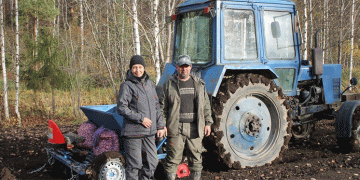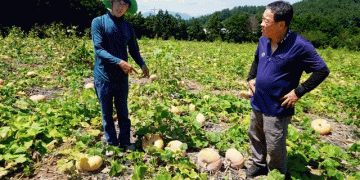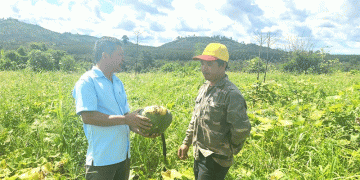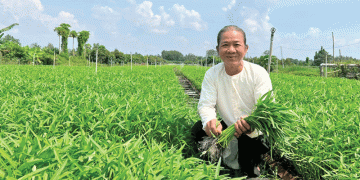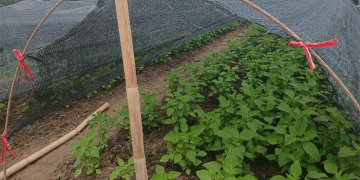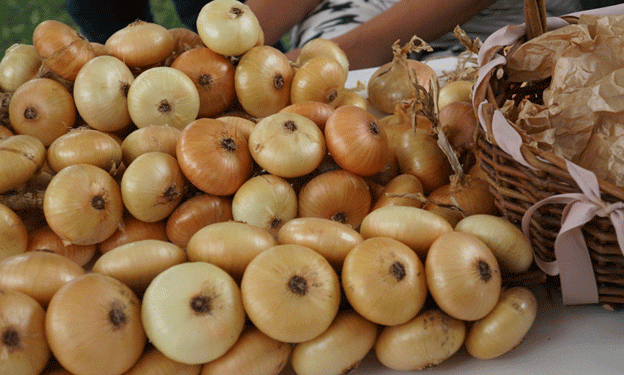The Myachkovsky Local onion, a heritage variety cultivated in Kolomna, is gaining unexpected fame beyond the fields. Selected for the “Who’s Fashionable?” competition—organized by the Higher School of Economics’ Design School and an online retail platform—the onion is now part of the “Fashion Map of Russia” project.
This initiative aims to reimagine cities through the eyes of creative youth, combining agriculture, culture, and innovation. Shortlisted projects, including the Myachkovsky onion, will feature in urban fashion routes and appear in prominent magazines celebrating regional identities.
The Agricultural and Cultural Legacy of Myachkovsky Onion
Renowned for its unique flavor, the Myachkovsky Local onion has been a staple crop in Kolomna for centuries. Once a key player in local agricultural trade, it is now being reimagined as a symbol of Kolomna’s cultural and creative potential.
Local libraries have launched the “Homecoming: Myachkovsky Onion” project to promote the onion’s heritage. This initiative explores how traditional crops can serve as resources for creativity, community pride, and economic opportunities. The project emphasizes sustainable agriculture while fostering innovative uses of the crop in modern contexts.
Agriculture Meets Creativity
The integration of the Myachkovsky onion into a fashion project exemplifies how agricultural heritage can transcend its traditional boundaries. By featuring in design competitions, urban cultural guides, and magazines, this humble crop is redefining its role in society. This blend of agriculture and creativity highlights the potential for rural areas to connect with broader cultural and economic trends.
The Myachkovsky Local onion’s journey from a historical crop to a modern cultural symbol reflects the innovative ways agriculture can intersect with art and design. Such projects not only preserve agricultural heritage but also open new avenues for economic growth and cultural engagement. For farmers and agricultural professionals, this is a testament to the untapped potential of traditional crops in a globalized and creative world.
